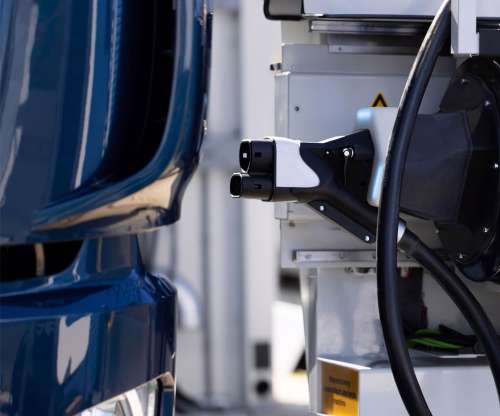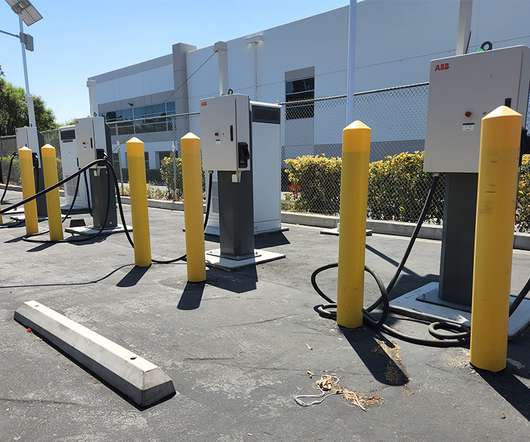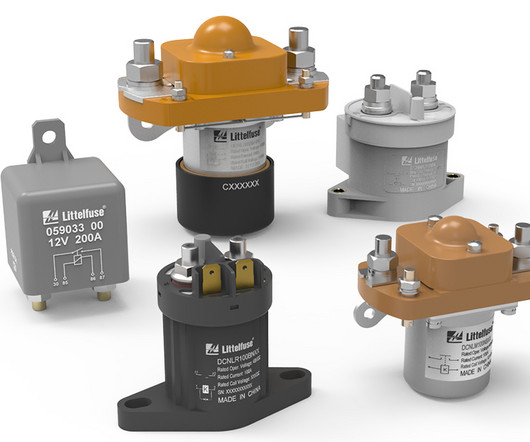Rocsys to supply autonomous CCS charging solutions to SSA Marine for electric yard tractors at Port of Oakland
Green Car Congress
MARCH 8, 2022
The systems will autonomously charge part of the electric yard tractor fleet of SSA Marine at the International Container Terminal at the Port of Oakland. ROC-1 will work with high power DC charging stations that use a CCS-1 charging connector, offering capability to autonomously charge the vehicles from existing charging supply equipment.












Let's personalize your content